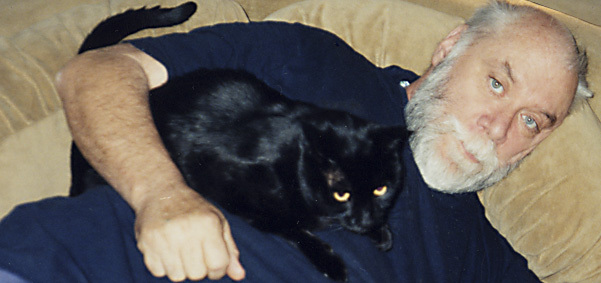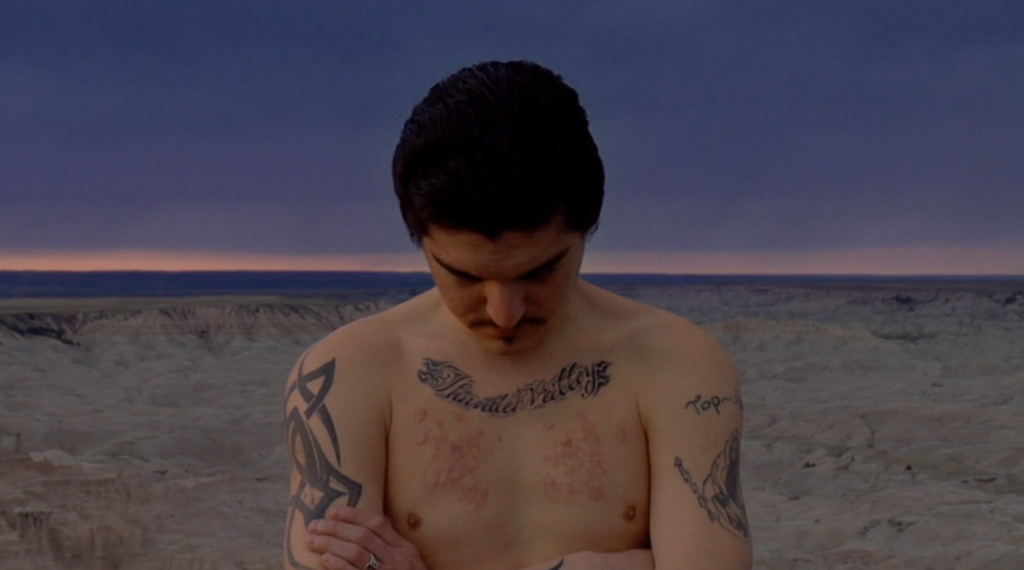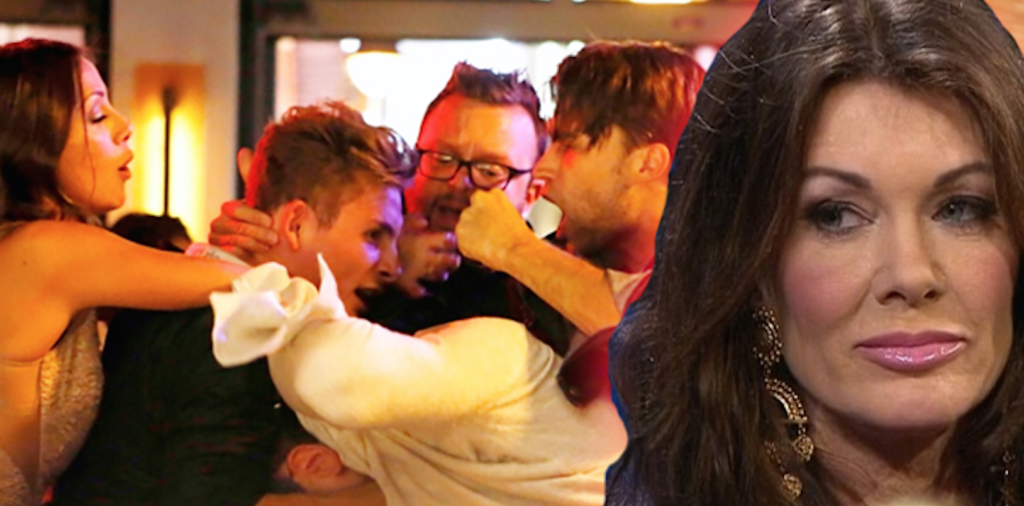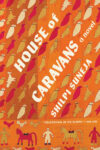HOW BLUEGRASS MUSIC DESTROYED MY LIFE by John Fahey
Takoma Park, Maryland, aka Azalea City, the bougie superb between D.C. and Silver Spring, is an unlikely place for a lot of things to take place — an American folk revival, a millenarian youth gang that worships both Hitler and a vaguely Hindu deity named “the great Koonklaster” waging war against “adult leaders,” or the appearance of dancing cat people at local parties, to name just a few. For those who associate John Fahey with rediscovering Bukka White or making his own indelible contribution to Americana, Takoma Park is last place you’d expect him to develop his aesthetic sensibility, one which convinces you that all boundaries — between realities, between life and death — are permeable by design if you have your head on straight. The amazing trick that Fahey pulls off in this collection of stories (to use the term loosely) is to stick within the register of 50s American patter, right down to folksy asides and the incredulous commentary of har har har, to get the reader to accept, without the slightest reservation, the cosmic mystery at the heart of daily life. “But I didn’t tell him about it, I mean, what the swami told me. So, instead, we went and shot some pool.” The “it” in question is a pile of foreskins on a table, and why wouldn’t it be?
— Mike Schapira
AMERICAN MYSTIC dir. Alex Mar
“The cinema is the art of ghosts, a battle of phantoms,” said Jacques Derrida in the experimental film Ghost Dance. To be fair, Derrida saw spirits everywhere — in letter-writing, scientific thought, Europe after Marxism, etc. Alex Mar’s documentary film AMERICAN MYSTIC literalizes one of Derrida’s more lucid hauntological insights: that cinema is a form of conjuration, lifting the veil that separates our world from that of angels and apparitions. AMERICAN MYSTIC follows three young people whose spiritual practices are unconventional and rigorous: Kublai is a Spiritualist medium training in the Upstate New York clairvoyant tradition, Morpheus a Pagan priestess living in remote California, and Chuck a Lakota Sioux sun dancer whose observance includes ceremonial piercing. Composed of candid interviews, lengthy documentation of rituals and striking tableaux, the film is more than a humane look at marginalized or misunderstood spiritual practices — it’s an 80-minute levitation above the secular domain.
— Meagan Day
Let sprawling tomes be writ about the marvelous, cretinous spider babies that populate the cast of Bravo’s Vanderpump Rules, a reality series spun off from reigning goddess of The Real Housewives of Beverly Hills, Lisa Vanderpump. For now, however, I will offer a meager few hundred worshipful words:
Jax, Vail, Scheana Marie, Stassi Schroeder (“I want to wrap a dildo in acid and give it to [her] as a present so it tears out her insides”), Toms Schwartz and Sandoval, and of course the vile Kristen are the most watchable, most shiniest, most forehead-shaving and Cabo-hopping sociopaths on TV (besides perhaps on C-SPAN…heyo, gimme high five!).
The carefully producer-curated plotlines revolve around Lisa’s restaurant in West Hollywood called SUR (which I just learned stands for Sexy Unique Restaurant). SUR is not so much a place of work as it is an orphanage for wayward, emotionally handicapped adults slash weekends DJs whose favored pastimes include throwing drinks in faces, screaming words at faces, and allegedly rubbing genitals on faces (a major plot point of the current season is that the sad-but-persevering Katie cheated on the hottest-but-dumbest Schwartz by “motorboating some guy’s dick,” an accusation flung around with great frequency and solemnity and magnitude).
Despite only making waiters’/waitress’ (and gasp, even hostess’) wages, plus paltry Bravo sums (if TMZ is to be believed, $5k/year for a lifetime of degrading memories), they still bedeck themselves in the brightest baubles, shell out for bottle service at the glitziest clubs during impromptu Vegas jaunts, and shave their foreheads with the finest sapphire-bladed Gillettes. On the other hand, they live in apartments where it would not seem necessarily askew to find Christina Ricci chained to a radiator.
Between Jax’s perpetual pathological shit-streams of bullpucky and Stassi’s poetically poisonous bon mots (“I normally would’ve literally ran across that float with daggers, and not only stabbed you both, like, 40 times, but then thrown you off, tarred and feathered each of you, beheaded you, and quartered your bodies, and dragged them through the city of West L.A. on a disgusting truck”), VANDERPUMP RULES is part cautionary tale, part class parable, full Fun-Ass Time. Learn these lessons of pride. Of friendship’s fleetingness. Of charity events for dogs with alopecia, and the subtle art of motorboatage du dick. Learn these, and descend to your very knees to pray at the pink-strewn altar of Vanderpump.
[Oh also, on an unrelated note, read Gary Lutz.]
— Lauren Friedlander
PRO DREAMS by Future of What
Future of What has been making music for the last couple of years, but finally put me out of my misery and released their debut album earlier this month. It’s more of the emotive synth and melancholy hooks that I’ve loved in the earlier releases, but the one thing I recommend more than anything else is the continued excellence of the singing by Blair Gimma. It gives new dimension to disaffection, making the subjects of the songs both closer to us by their very naming and further from us by their very nature: childhood, teenage depression, and too many subway transfers find their way into songs that are both incredibly sad and somehow hopeful. We’re getting a little older, Gimma seems to sing, but we’re not that old yet. Maybe we’re feeling a little bit less each day (I wonder if that’s why older people don’t really give much of a shit?). Like the best of New Order, Pro Dreams feels like a good way to get older — or, I’m guessing as the title suggests, somehow to make a life of it all. You don’t have to stop feeling everything that was so important just because you’re a bit more world-weary. You just have to work harder to remind yourself why it was important in the first place. Because it is.
— Max Rivlin-Nadler
This post may contain affiliate links.










